After launching Operation Barbarossa, the Germans were shocked to discover that the Soviet Red Army had tanks they could do nothing about. This was the KV-1 tank, which was virtually invincible, as most Nazi weapons could not do anything about it.
Named after the Soviet Minister of Defense , Marshal Kliment Voroshilov, the KV-1 heavy tank was developed before the Soviet-Finnish War and participated in it. The KV-1 tank was very effective against Finnish anti-tank weapons and artillery. However, its 76 mm gun was powerless to destroy enemy bunkers and bunkers.
When the Soviet-German war broke out, the KV-1 entered the war, immediately becoming the most powerful heavy tank in the world at that time, surpassing even the French army's Char B1 heavy tank. The Nazi army nicknamed the KV-1 "Giant Colossus", meaning giant gladiator.
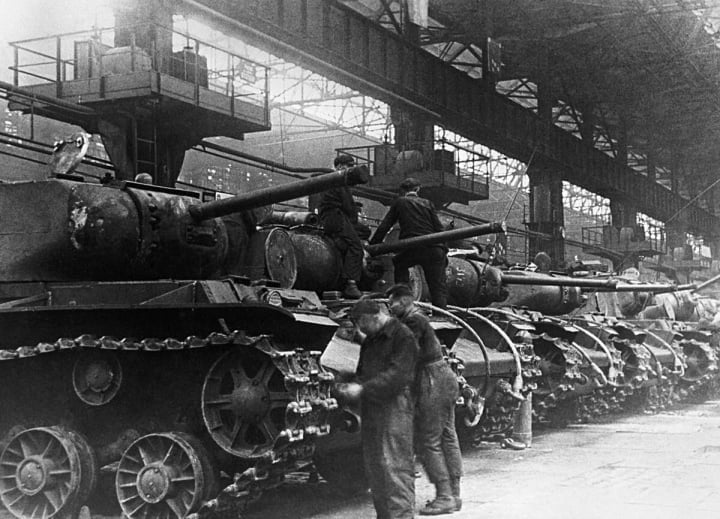
KV-1 at the factory.
The Germans' fear
During the early part of the war, more than 400 KV-1 tanks were deployed to confront Nazi German tanks. The main German tanks at the time, such as the Panzer III and Panzer IV, were no match for the Soviet KV-1.
German anti-tank weapons could not destroy these "Russian monsters" or "phantoms", as the Germans called them. The only way to destroy the KV-1 was to get within 500 meters of it, but this was no different from suicide.
Another effective, but rather complicated measure is to avoid direct contact with the KV-1 and call for air support, or use 88 mm anti-aircraft guns to be able to fight this monster at a long distance.
Most German soldiers at that time were very afraid of this type of tank. There are sources that when the Soviet army confiscated German weapons, they found a scrawled line saying "only shoot at KV". Through that, we can see the great success of the KV tank at the beginning of the war.
“Rumors about these armored monsters terrified us,” said a German soldier. “The information about the size and invulnerability of the KV-1 made us think of these tanks as indestructible fortresses.”
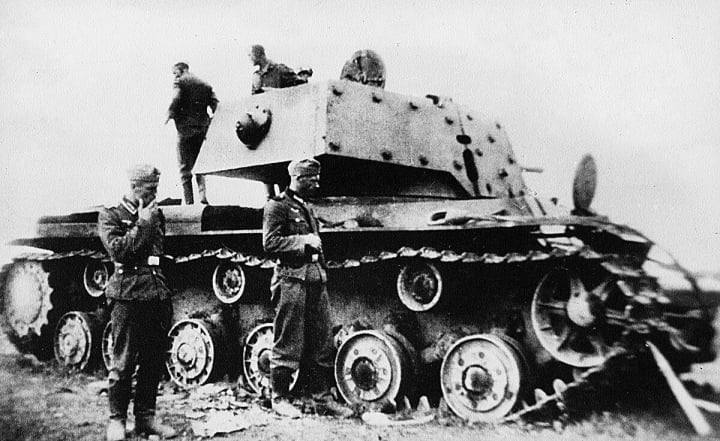
German soldiers inspect a downed KV-1 on the battlefield.
The early stages of the war saw many instances of the brave actions of KV-1 tank crews. In June 1941, near the Lithuanian city of Raseiniai, a KV-1 tank engaged the entire German 6th Panzer Division.
At that time, the German 6th Tank Division encountered the Soviet Red Army's 2nd Tank Division in the city of Raseiniai. During the battle, a KV-1 tank suddenly appeared behind the German troops and cut off the communication line between the two German troops.
The KV-1 tank blocked the road and paralyzed the German movement, the machine gun on the KV-1 burned 12 supply trucks. The Germans used a 50mm anti-tank gun to take down this tank but failed, the return fire from the KV-1 also destroyed the entire anti-tank battery, both men and guns, the "Russian monster" was only defeated after being hit by a bullet from the German 88mm anti-aircraft machine gun.
Limitations
Although the KV-1 heavy tank could withstand most German weapons, it was not considered the best tank of World War II. Although it was well-armed and well-armed, the KV-1 was slow. In addition, its transmission and air filter were of poor quality, which often led to breakdowns and constant repairs, with many crews abandoning them along the way.
On the other hand, the giant KV-1 tanks were also a real threat to the roads. After the 45-ton “monster” passed through these roads, other military equipment could hardly continue moving on that road.
Soviet designers managed to overcome all these weaknesses and in the spring of 1942, the modernized version KV-1S was born. It was lighter (only 42.5 tons) and had slightly thinner side armor (60 mm instead of 75 mm), the speed was improved to 45 km/h. Despite this, the KV-1S was still invulnerable to enemy fire.
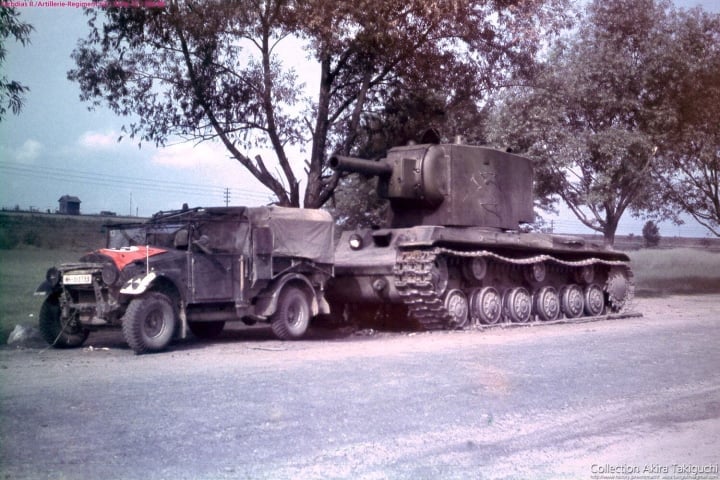
KV-2 tank.
During the war, about 4,500 KV-1s and 350 KV-2s were built out of a total of 14,000 heavy tanks in the Soviet Army. Later, the Soviet Army designed the T-34 medium tank with lighter weight, faster speed and cheaper production cost, possessing superior power against German tanks on the battlefield, so the KV was used quite limited and only used for training. In the final years of the war, the KV series was used as the basis for the design of the IS heavy tank.
Le Hung (Source: Russia Beyond)
Source


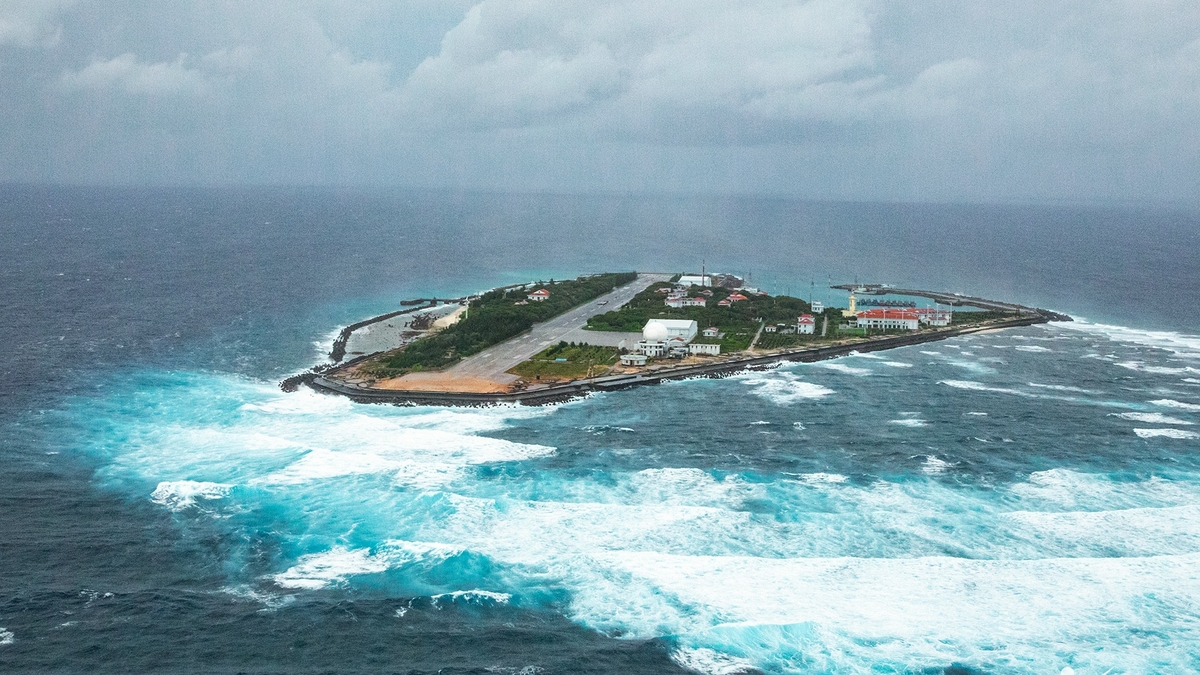

![[Photo] Prime Minister Pham Minh Chinh meets with Speaker of the Hungarian National Assembly Kover Laszlo](https://vphoto.vietnam.vn/thumb/1200x675/vietnam/resource/IMAGE/2025/10/20/1760970413415_dsc-8111-jpg.webp)
![[Photo] Da Nang residents "hunt for photos" of big waves at the mouth of the Han River](https://vphoto.vietnam.vn/thumb/1200x675/vietnam/resource/IMAGE/2025/10/21/1761043632309_ndo_br_11-jpg.webp)
![[Photo] Prime Minister Pham Minh Chinh received Mr. Yamamoto Ichita, Governor of Gunma Province (Japan)](https://vphoto.vietnam.vn/thumb/1200x675/vietnam/resource/IMAGE/2025/10/21/1761032833411_dsc-8867-jpg.webp)



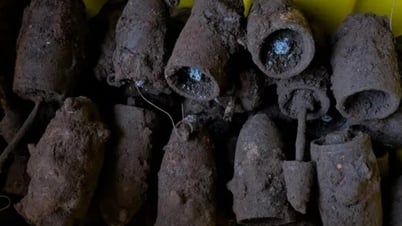
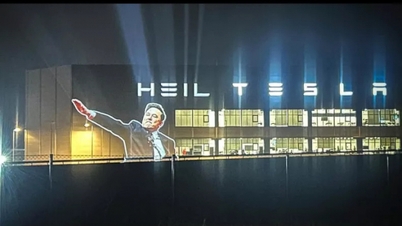

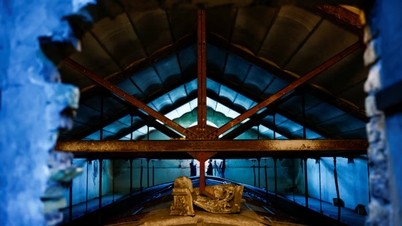
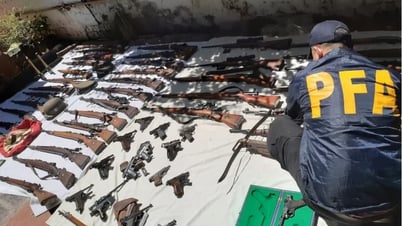

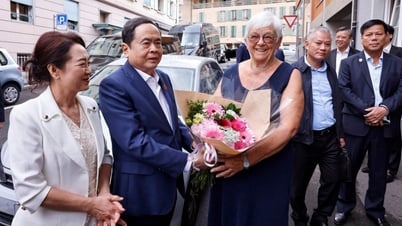

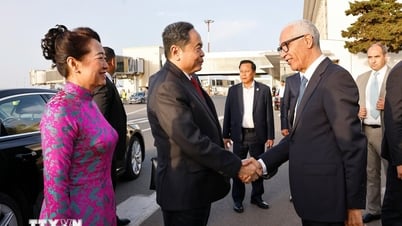

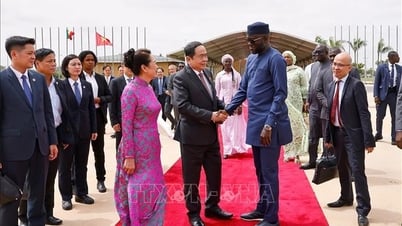







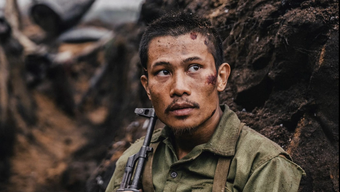








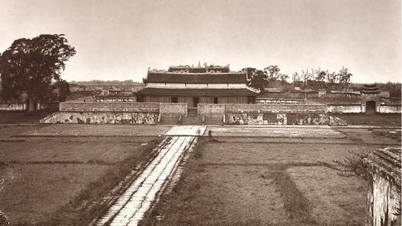

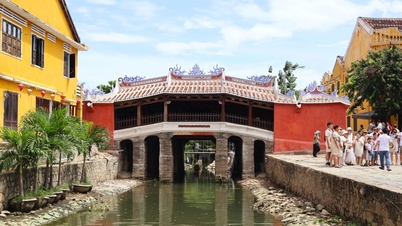

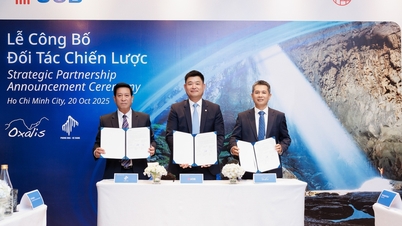


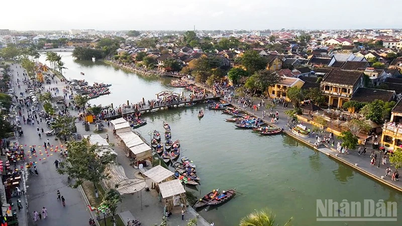


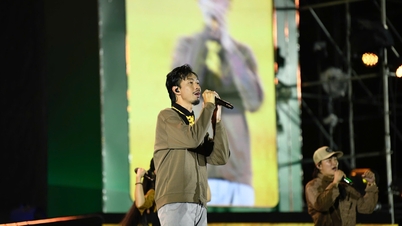


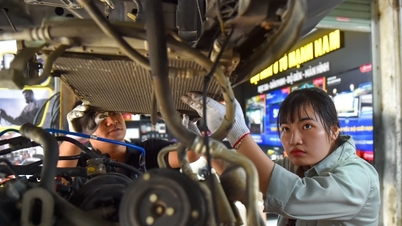



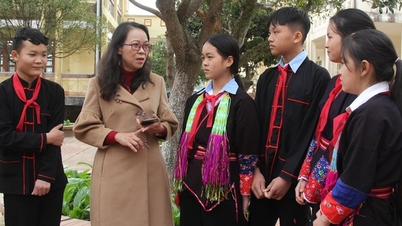

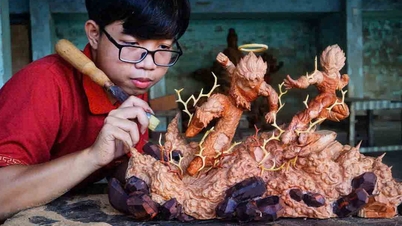



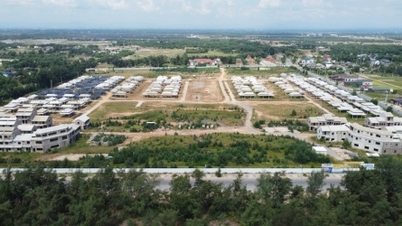










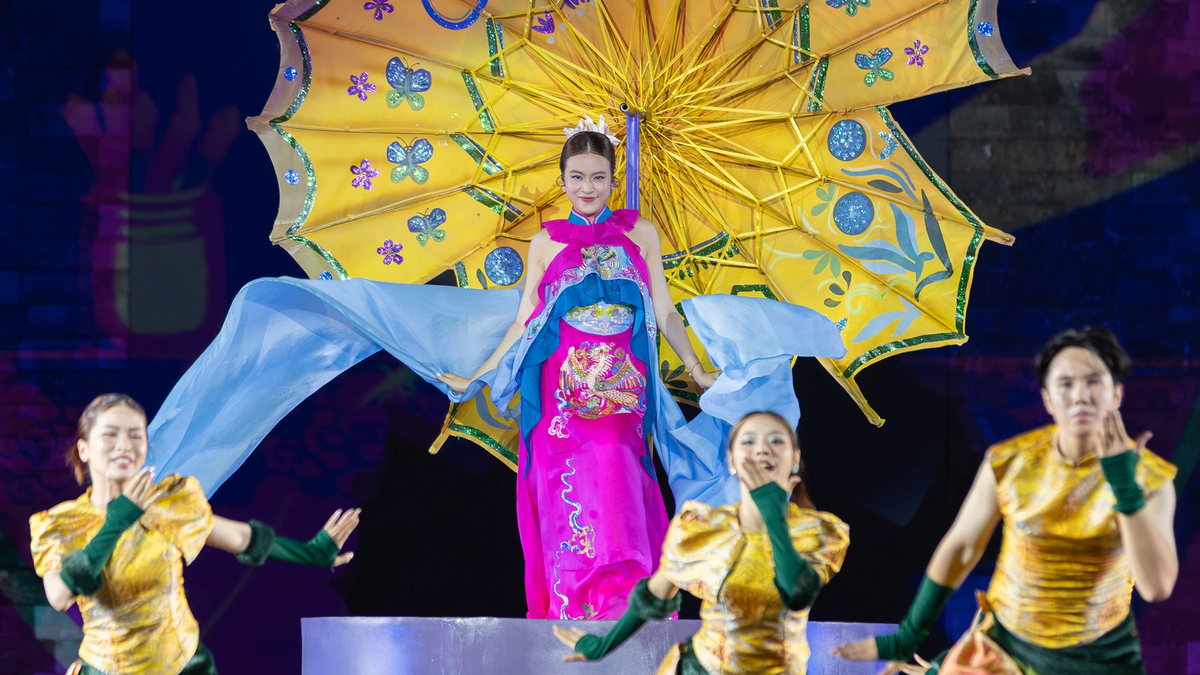

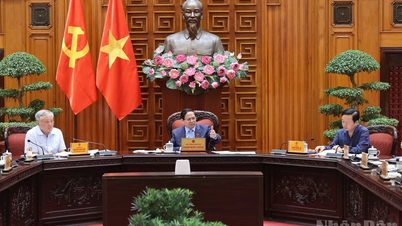







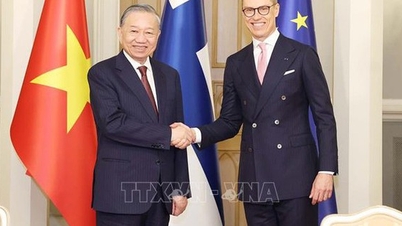



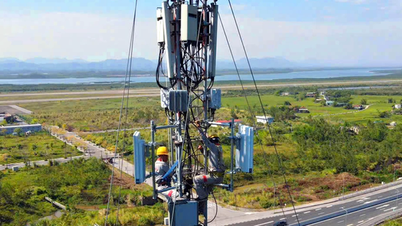
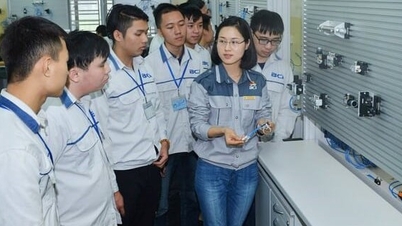
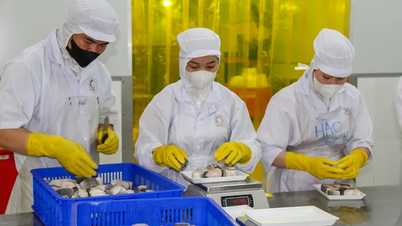

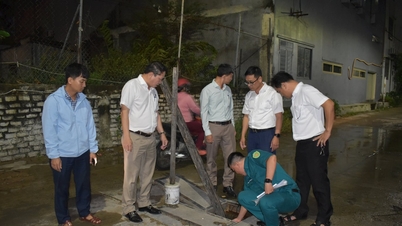

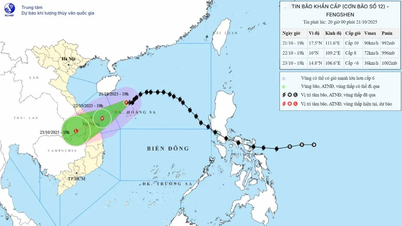





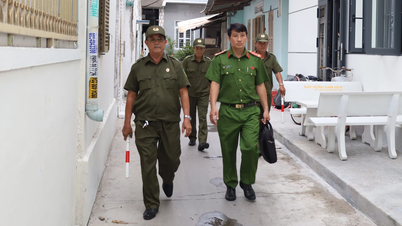








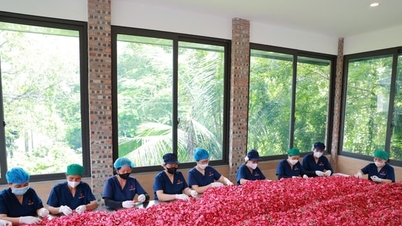



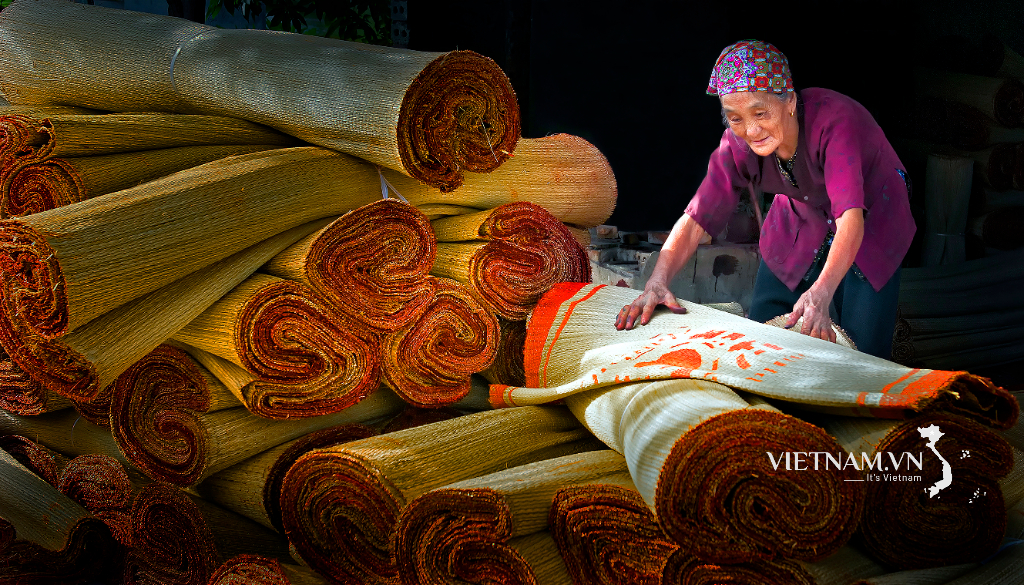

Comment (0)